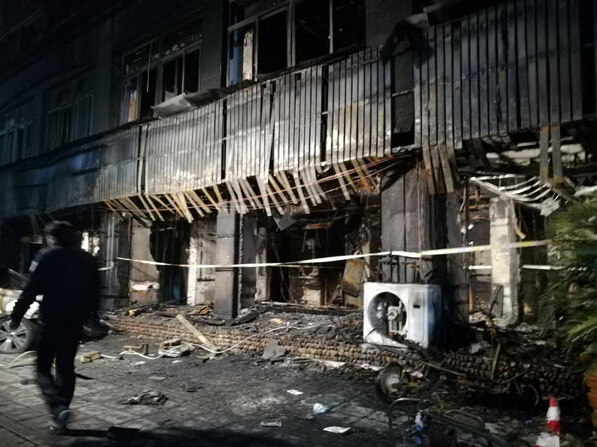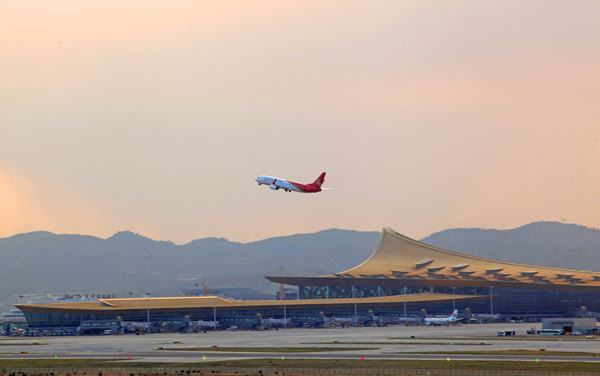The People’s Liberation Army has released a video of a recent exercise employing the advanced DF-16 medium-range ballistic missile, a weapon seen as filling a gap in the nation’s arsenal.
Several launch vehicles carrying the ballistic missiles were seen in the footage that the PLA published on its video website, released to show the training of Rocket Force missile brigade soldiers around the Spring Festival holiday.
The participating units handled a number of scenarios, including chemical/biological contamination, countering satellite reconnaissance and electronic jamming. The crews practiced multiple maneuvers, such as rapid loading, redeployment and launch sequence, though the video showed no missile actually being launched.
Two types of DF-16 that appeared in the exercise are the bullet-shaped missile that is considered the original DF-16 and a new variant that features a maneuverable warhead and several extra fins.
The video represents the third time the DF-16 has been shown to the public. The missile made its debut at a military parade in Beijing in September 2015. In July, a television news program showed General Fan Changlong, a vice-chairman of the Central Military Commission, inspecting a DF-16 unit of the Southern Theater Command.
Though the PLA has never disclosed its ballistic missiles’ specifications, experts said the DF-16 poses a challenge to foreign military installations along the first island chain, which is what the Chinese military calls the series of islands that stretch from Japan in the north to China’s Taiwan and the Philippines to the south.
Xu Guangyu, a retired major general and now a strategy researcher, said that DF-16 has a strike range of more than 1,000 kilometers, filling the gap that previously existed with the absence of a medium-range ballistic missile in the PLA’s arsenal. He said the missile also is able to reach Okinawa, a Japanese island about 400 km from China’s Diaoyu Islands.
Shi Hong, executive editor of Shipborne Weapons, said the DF-16 was developed by China Aerospace Science and Industry Corp based on the DF-11 short-range ballistic missile and can carry a warhead of at least 500 kg. The missile has a strike accuracy as good as that of a cruise missile, Shi said. It is also able to maneuver in its final stage to penetrate enemy defensive firepower, he said.
Other PLA Rocket Force brigades also mobilized their DF-11, DF-15 and DF-21C ballistic missiles during training around Spring Festival, according to PLA media outlets.
In another development, Washington Free Beacon, a news website in the United States that specializes in military affairs, reported on Jan 31 that China conducted the first flight of the DF-5C intercontinental ballistic missile in January. The missile carries 10 multiple independently targetable re-entry vehicles. The DF-5C is the latest variant of the three-decade-old DF-5 family, the report said.
An unidentified officer from the Defense Ministry’s Information Bureau reached by Shenzhen TV on Saturday would neither confirm nor deny the DF-5C test, but said such tests are not aimed at any foreign nation or specific target.


